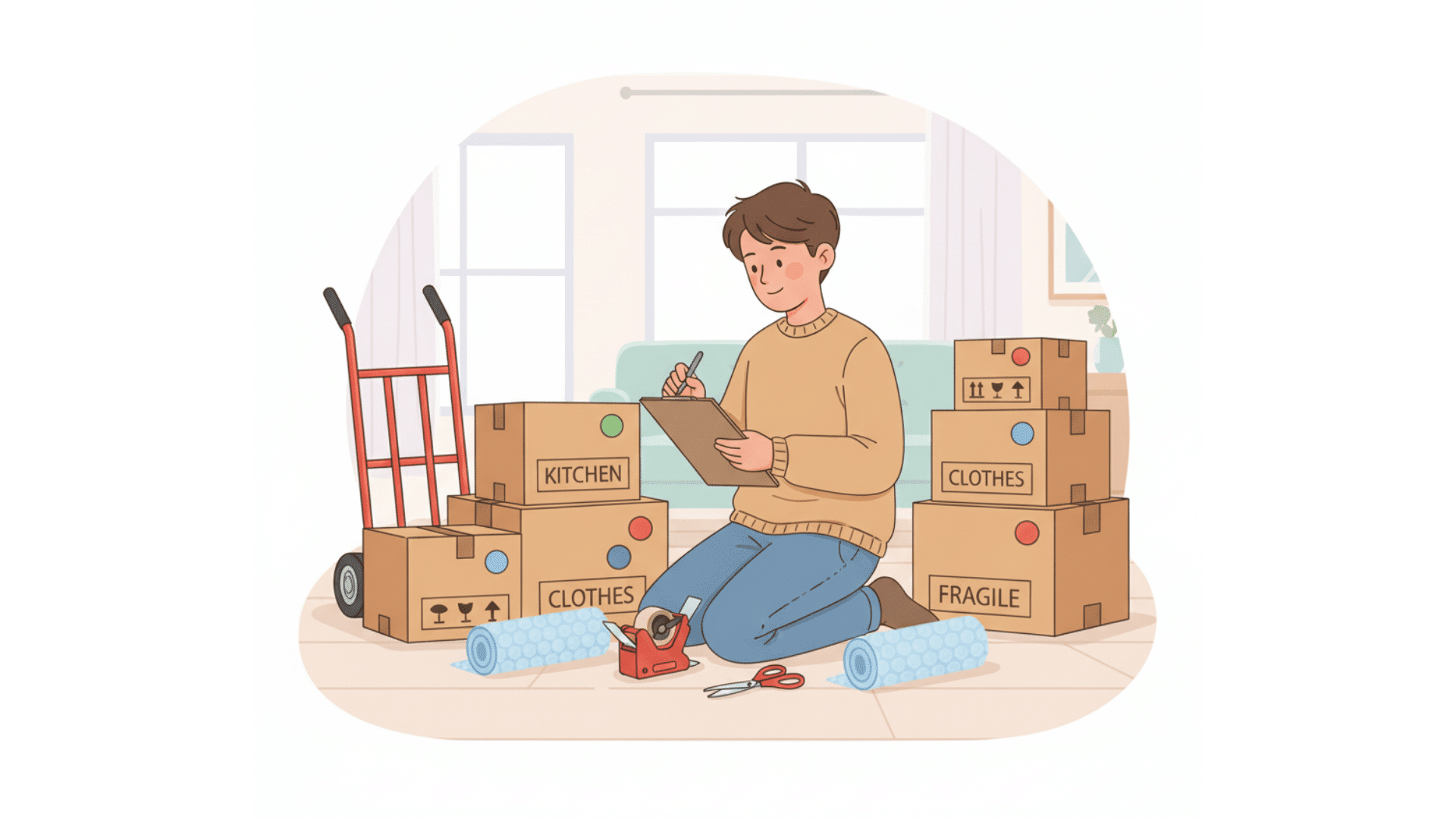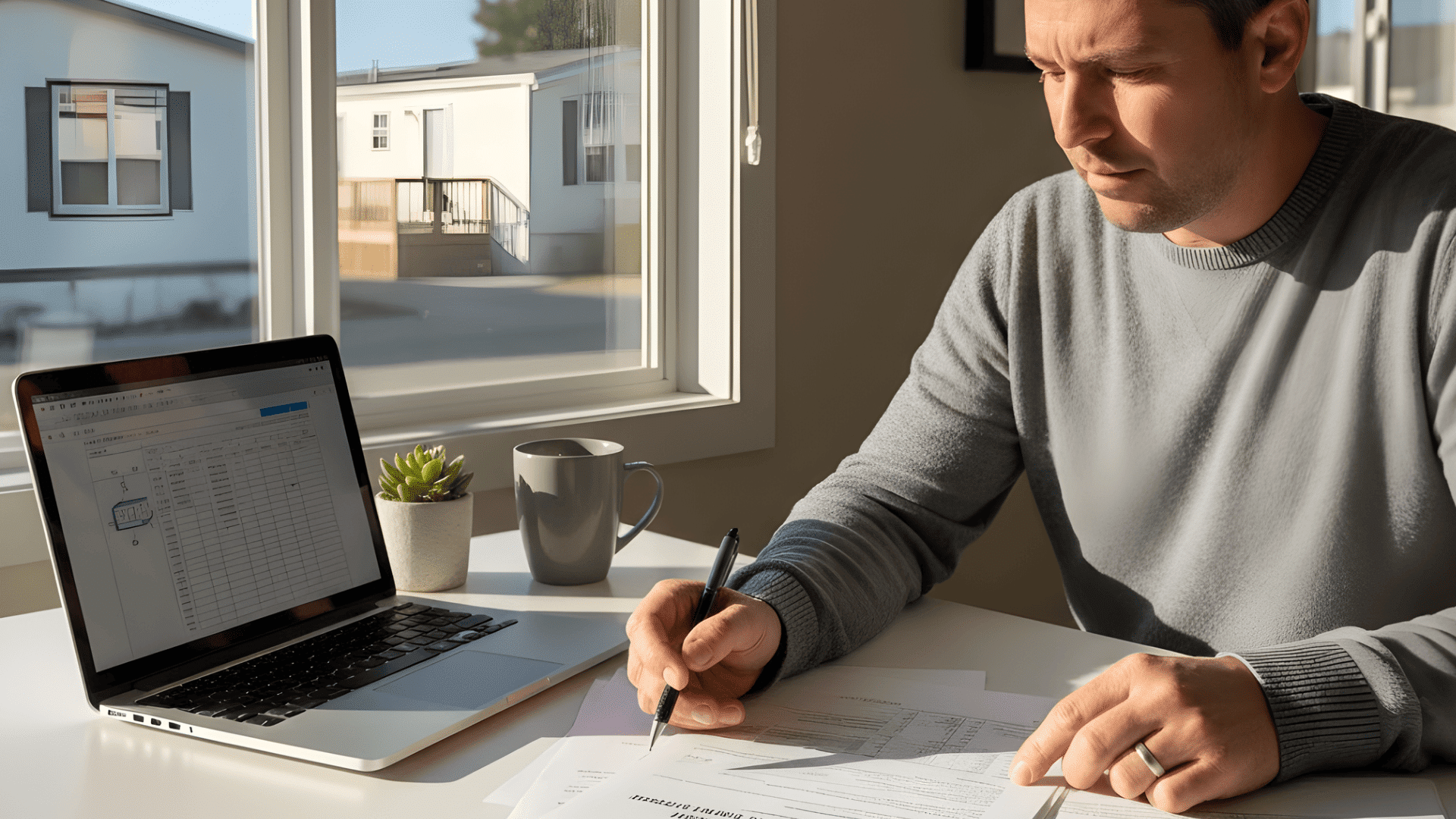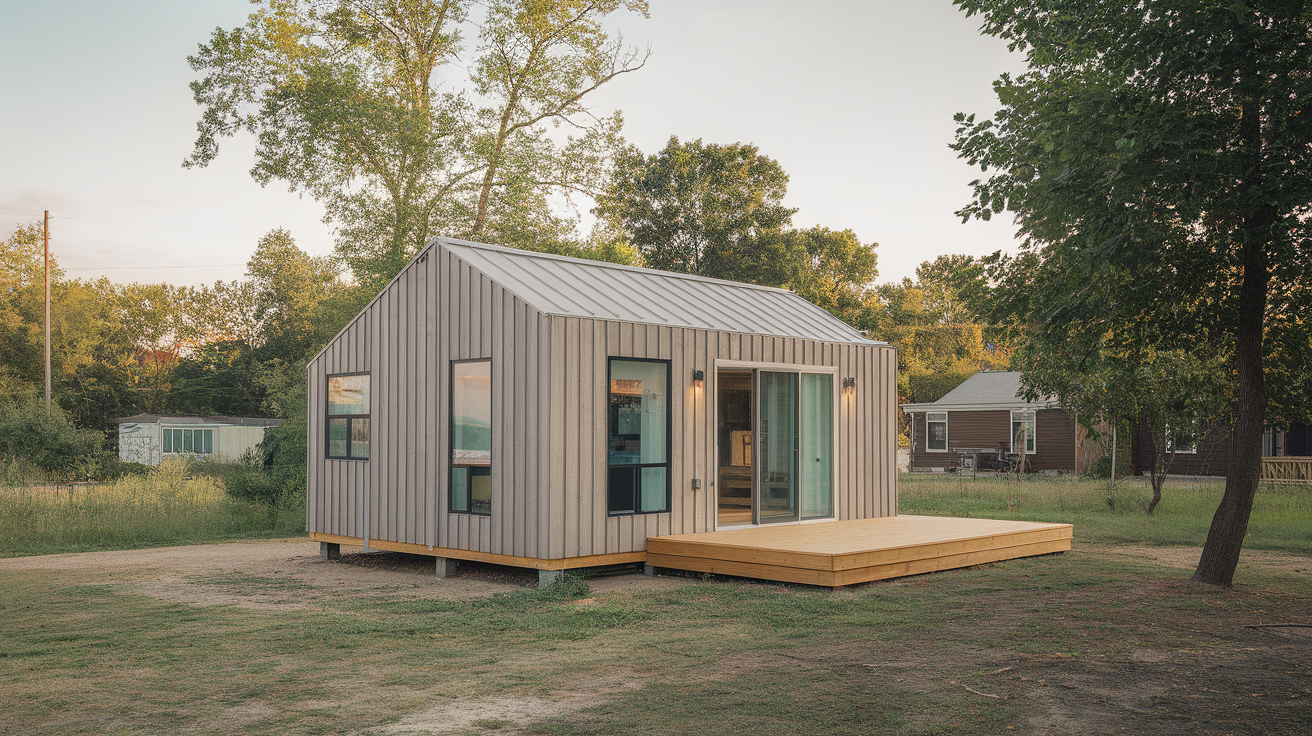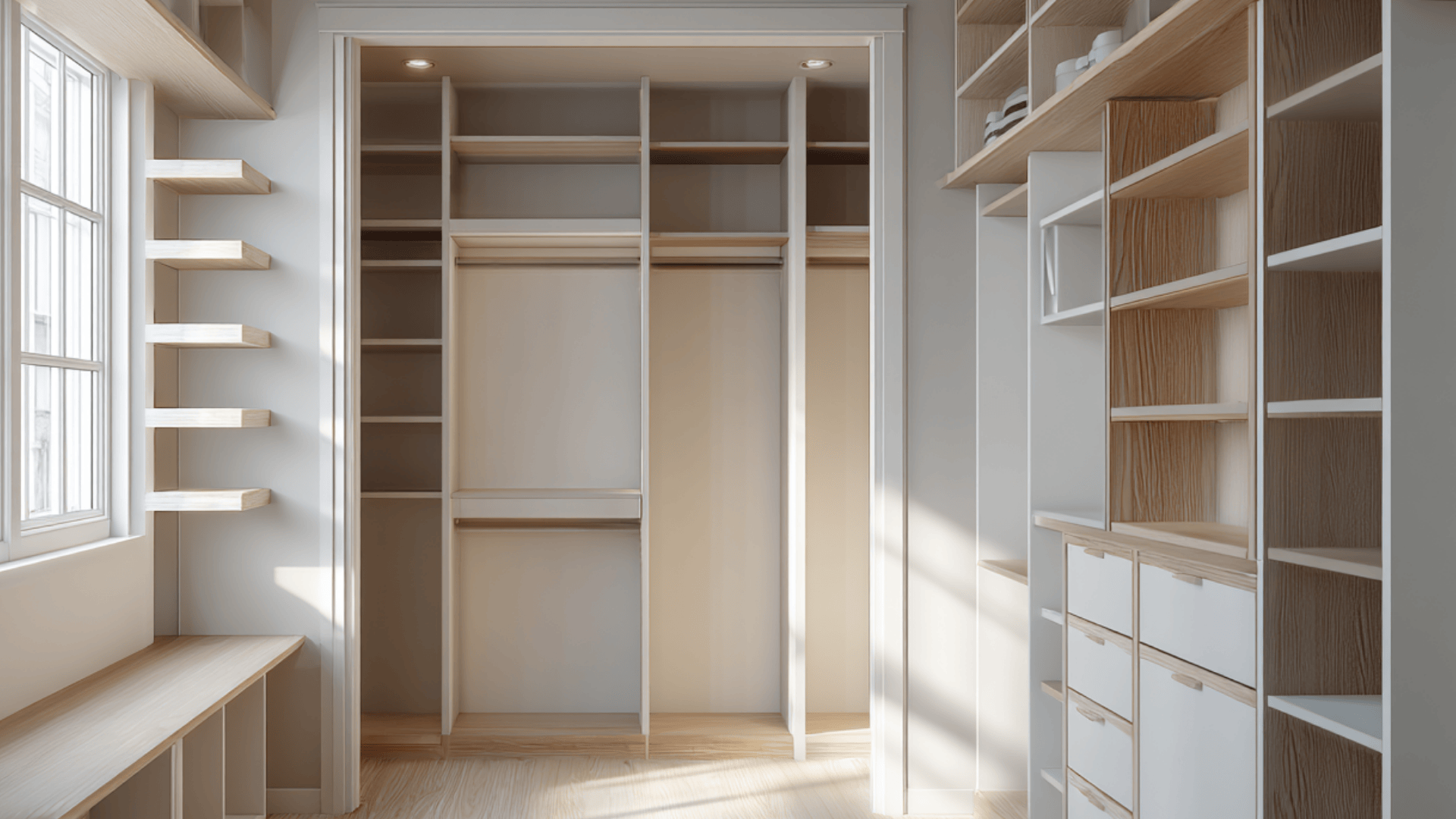Moving can feel like a full-time job. Between sorting, packing, and making sure nothing breaks, it’s easy to feel overwhelmed before you even start.
In my experience, having the right supplies ready makes all the difference. The right tools don’t just protect your stuff, they save time, reduce stress, and help your move stay organized from start to finish.
In this post, I’ll walk you through a complete moving supplies list with simple tips and a printable checklist so you can pack smart and move smoothly.
Essential Moving Supplies List
1. Boxes and Containers
When it comes to moving, boxes are the backbone of your packing plan. Having the right mix of sizes keeps everything organized and prevents damage during the move.
- Small Boxes: Perfect for heavy or dense items like books, canned goods, or small tools. They’re easier to carry when filled.
- Medium Boxes: Great for everyday items like kitchenware, shoes, or linens. I’ve noticed these are the most used size in any move.
- Large Boxes: Best for light but bulky things such as bedding, towels, or pillows. Avoid heavy items—they’ll be tough to lift.
- Wardrobe Boxes: Tall boxes with a hanging rod, ideal for clothes you don’t want wrinkled. They make unpacking your closet quick and painless.
- Specialty Boxes: TV boxes, dish packs, and mirror boxes keep fragile or odd-shaped items safe. They cost more but are worth it for the extra protection.
How many boxes will you need?
A simple rule of thumb:
- Studio or 1-bedroom: 20–30 boxes
- 2–3 bedrooms: 40–60 boxes
- 4+ bedrooms: 70 or more boxes
You can buy boxes at places like Home Depot, U-Haul, or Lowe’s. If you’re trying to save, check local grocery stores or neighborhood groups for free boxes. Many people give them away after their own move.
2. Cushioning & Protection
- Bubble Wrap: Best for fragile items like glassware, electronics, and picture frames. I usually double-layer anything that might shatter on impact.
- Packing Paper: Works great for wrapping dishes, mugs, and other breakables. It’s cheaper than bubble wrap and fills small gaps inside boxes.
- Packing Peanuts: Ideal for filling empty space in boxes so items don’t shift around. Use them for oddly shaped or delicate pieces.
- Stretch Wrap: Perfect for wrapping furniture, mirrors, or stacked boxes. It keeps drawers shut and surfaces protected from dirt or scuffs.
If you’d like to stay eco-friendly, go for biodegradable packing peanuts or reused paper from old deliveries. I’ve found local recycling centers and moving supply stores often offer sustainable options that work just as well.
3. Tape and Cutting Tools
- Packing Tape: Strong and sticky; ideal for sealing moving boxes. It holds up under weight and heat better than regular tape.
- Shipping Tape: Similar to packing tape but a bit thinner. It’s fine for lighter boxes or labeling smaller packages.
- Painter’s Tape: Handy for temporary labels or marking fragile items. It removes cleanly without tearing box surfaces.
When sealing boxes, always use the H-tape method: one strip down the center seam and two across the edges. I’ve seen this simple trick stop boxes from splitting open mid-move.
Keep scissors, a utility knife, and a tape dispenser nearby to speed things up. A dispenser saves time and frustration when sealing dozens of boxes, and a good utility knife makes unpacking much smoother.
4. Labeling & Organization Tools
- Permanent Markers: Use bold colors like black or blue so your writing stands out. Label each box on at least two sides.
- Labels: Pre-printed or blank labels help identify contents quickly. Write what’s inside and which room it belongs to.
- Color Stickers: Try a room-color coding method; blue for the kitchen, green for the bedroom, yellow for the bathroom, and so on. It makes unloading and sorting effortless.
- Inventory Notebook: Keep a running list of all boxes and what’s inside. I like using a simple spreadsheet so I can check things off as I unpack.
5. Furniture & Large Item Protection
Protecting your furniture and large items is key to avoiding damage during transport. I’ve seen too many scratches and dents from skipping this step.
- Moving Blankets: Thick and reusable, perfect for wrapping dressers, tables, and appliances.
- Mattress Bags: Keep your mattresses clean and dry during the move.
- Furniture Pads: Add an extra layer of protection for corners, legs, and delicate surfaces.
- Plastic Sheeting: Great for covering couches or large items from dust and moisture.
- Sliders & Stretch Wrap: Sliders help move heavy furniture without scratching floors, while stretch wrap keeps drawers and cushions in place.
Taking time to pad and wrap furniture properly saves you repairs and stress later.
6. Moving Equipment
- Dollies & Hand Trucks: Essential for moving heavy boxes and appliances without straining yourself.
- Ratchet Straps & Ropes: Keep large items secure inside the truck or trailer.
- Furniture Lifts or Straps: Help distribute weight evenly when carrying heavy furniture.
If you’re moving just once, renting this equipment from a hardware or truck rental store is usually cheaper. But if you move often, buying your own can be a smart investment.
7. Cleaning & Safety Supplies
- Gloves: Protect your hands from cuts and splinters.
- First-Aid Kit: Always handy for small scrapes or bumps.
- Cleaning Products: Wipes, sprays, and paper towels for quick cleanups.
- Broom & Trash Bags: Keep both spaces tidy during the move.
Before lifting anything, double-check your safety checklist: wear sturdy shoes, clear pathways, and don’t overload boxes. It makes a big difference on moving day.
8. Essentials Box for the First 24 Hours
Keep a small box or bag with everything you’ll need for your first night in your new home.
- Toiletries: Toothbrush, soap, towel, and toilet paper.
- Medications: Anything you’ll need immediately.
- Chargers: For phones and devices.
- Change of Clothes: Comfortable clothes for the next day.
- Snacks & Water: In case you’re too tired to unpack the kitchen.
Make sure nothing gets left behind. Having these essentials handy makes your first night much smoother.
9. Optional & Specialty Supplies
Sometimes the small extras make a big difference, especially for long-distance moves or when using storage units. These specialty supplies keep things secure and organized when you’re on the go.
- Padlocks: Use them to secure moving trucks, storage units, or large containers. A sturdy lock adds peace of mind during travel.
- Ziplock Bags: Perfect for keeping screws, bolts, and small parts together when disassembling furniture. I usually tape the bag to the item it belongs to.
- Rope or Bungee Cords: Helpful for tying down boxes or holding furniture in place during transport.
- Measuring Tape: Makes it easy to check if furniture will fit through doors or into your new space before unloading.
Having these on hand gives you more control and flexibility, especially if your move takes longer than expected.
Download the Printable Checklist
I put everything into a clean checklist you can use right away. You can check items off on your computer or print it for moving day.
How to use it:
- Open the file and print, or save it to your phone.
- Check off items as you pack and load.
- Keep it with your essentials box so nothing gets missed.
Expert Packing Tips
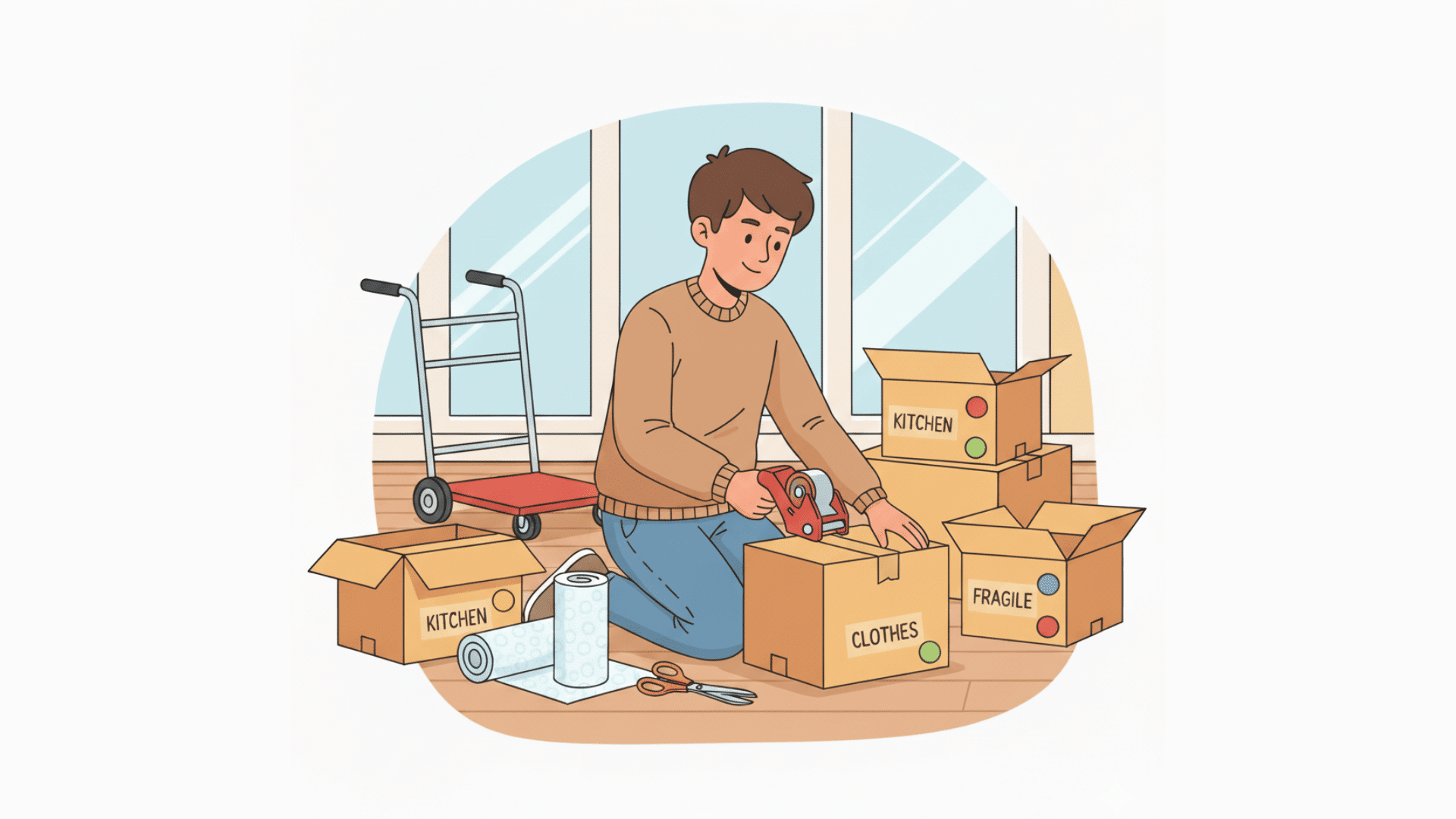
Packing takes time, but a few smart tricks can make the whole process smoother and safer. I’ve seen people struggle with broken items or lost boxes just because of a few avoidable mistakes.
Avoid Overpacking: It’s tempting to cram everything into fewer boxes, but too much weight makes them hard to carry and more likely to break. Keep boxes under 50 pounds whenever possible.
Don’t Skip Labels: I can’t stress this enough, under-labeling is one of the biggest moving headaches. Write what’s inside and which room it belongs to on at least two sides of every box.
Pack Fragile Items Carefully: Wrap glassware, plates, and electronics with extra cushioning. Place heavier items at the bottom and lighter ones on top. Fill empty spaces with paper or soft cloths to stop movement.
Use the “Tech Wrap” Rule: For electronics, use bubble wrap and pack cords in labeled bags. If possible, keep original boxes; they’re built for protection.
Pro Mover Shortcut: Stack boxes by weight and room before loading the truck. Movers always load heavy boxes first, then lighter ones on top. It keeps things stable and makes unloading easier.
A little extra effort during packing saves hours of stress later, and keeps your things exactly how you left them.
Moving Supplies Timeline
| Timeframe | Tasks to Complete | Why It Matters |
|---|---|---|
| 2–4 Weeks Before | – Order boxes and packing materials. – Gather tools and moving equipment. – Start packing non-essentials (decor, off-season clothes). |
Getting supplies early prevents last-minute stress and helps you pack at a steady pace. |
| 1 Week Before | – Label boxes clearly. – Pack fragile items carefully. – Disassemble furniture and organize small parts in labeled bags. |
This is your prep week. Everything should be boxed, labeled, and ready for moving day. |
| Moving Day | – Keep your essentials box close. – Have your dolly, straps, and gloves handy. – Load heavy boxes first, then lighter ones on top. |
Staying organized on moving day keeps things efficient and prevents damage or injury. |
| After the Move | – Unpack essential rooms first (bedroom, kitchen). – Recycle or donate used boxes. – Do a quick clean of your new space. |
Unpacking in order helps you settle in faster and keeps your new home clutter-free. |
Following this timeline keeps your move organized, less stressful, and far more manageable from start to finish.
Conclusion
Moving doesn’t have to be stressful when you’re well-prepared. Having the right moving supplies list helps you stay organized, protect your belongings, and save time every step of the way.
In my experience, starting early, labeling clearly, and keeping an essentials box close can turn a hectic move into a smooth transition.
Remember to recycle or donate boxes when you’re done; it’s a simple way to give back and cut waste.
Whether you’re moving across town or across the country, the right tools and planning make all the difference.
Download your printable checklist now and start your move with confidence.

